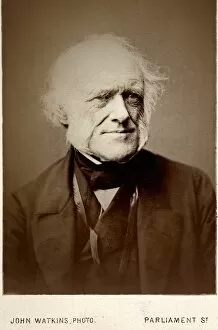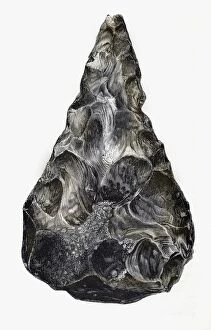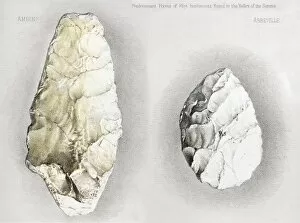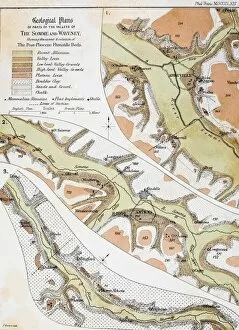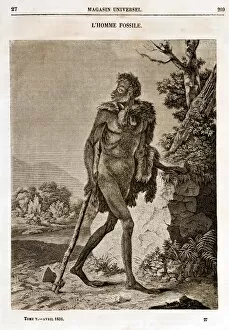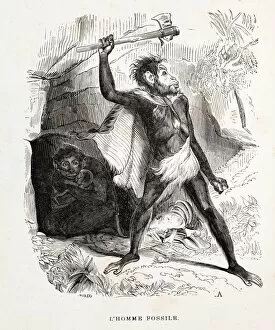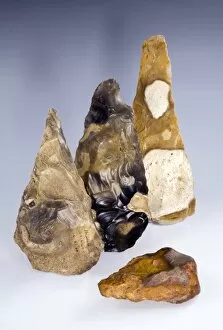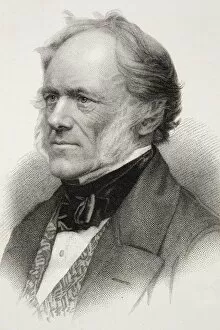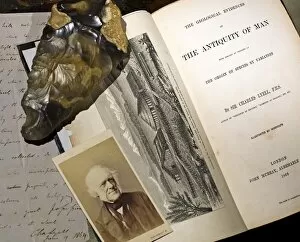Human Antiquity Collection
"Unearthing the Secrets of Human Antiquity: A Journey through Time" Step back in time with us as we explore the captivating world of human antiquity
For sale as Licensed Images
Choose your image, Select your licence and Download the media
"Unearthing the Secrets of Human Antiquity: A Journey through Time" Step back in time with us as we explore the captivating world of human antiquity. In this 150 caption, we delve into a treasure trove of historical hints that unravel the mysteries surrounding our ancient ancestors. Let's begin our journey in the 1860s, where a portrait photograph captures Charles Lyell, a renowned geologist whose groundbreaking work paved the way for understanding Earth's history. Alongside him stands an intriguing artifact from 1697 - Grays Inn's first British handaxe, serving as a tangible link to our distant past. Moving forward to Abbeville and Amiens in 1860, we encounter Perthes handaxes - relics crafted by early humans who roamed these lands thousands of years ago. Joseph Prestwich's research on Somme human antiquity sheds light on their existence and offers valuable insights into their lives. Our exploration takes us further back to 1838 when an engraving titled "L'Homme Fossile" depicts cave dwellers - our primitive predecessors who left behind evidence of their existence etched within rocky walls. Boitard's "Fossil Man, " published in 1861, provides another glimpse into prehistoric life through vivid illustrations. The late 1880s bring forth Joseph Prestwich once again; his tinted photograph showcases the beauty and intricacy of artifacts found along the Somme River. These discoveries serve as testament to humanity's remarkable ingenuity throughout time. As we navigate this captivating narrative, it is impossible not to mention Joseph Prestwich himself – captured elegantly in an 1855 portrait photograph – whose tireless dedication has shaped our understanding of human antiquity. Returning closer to home, four British Paleolithic handaxes emerge from obscurity; each one tells its own story about early tool-making techniques and survival strategies employed by those who wielded them. Finally, our journey concludes with a glimpse into North Africa's past.

